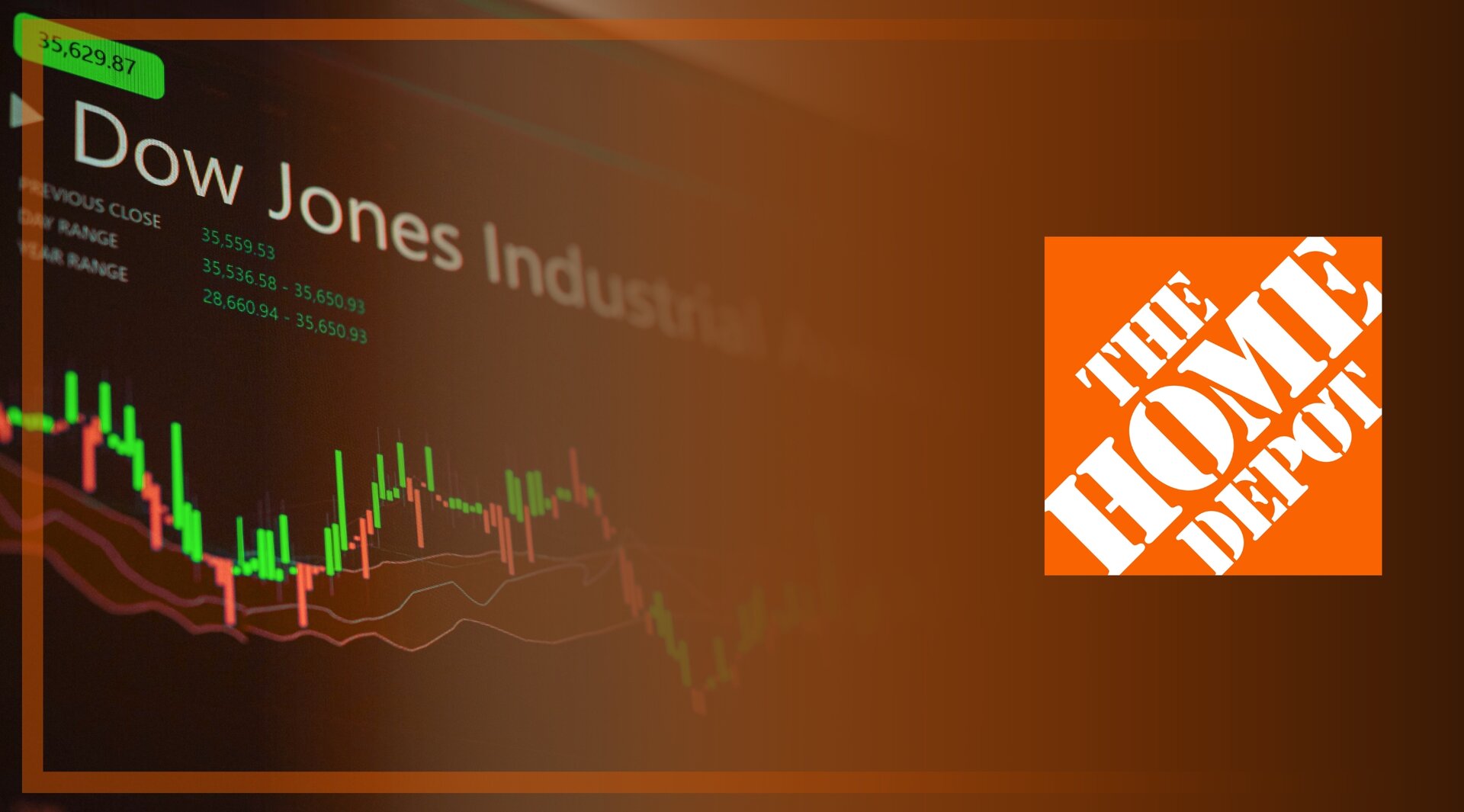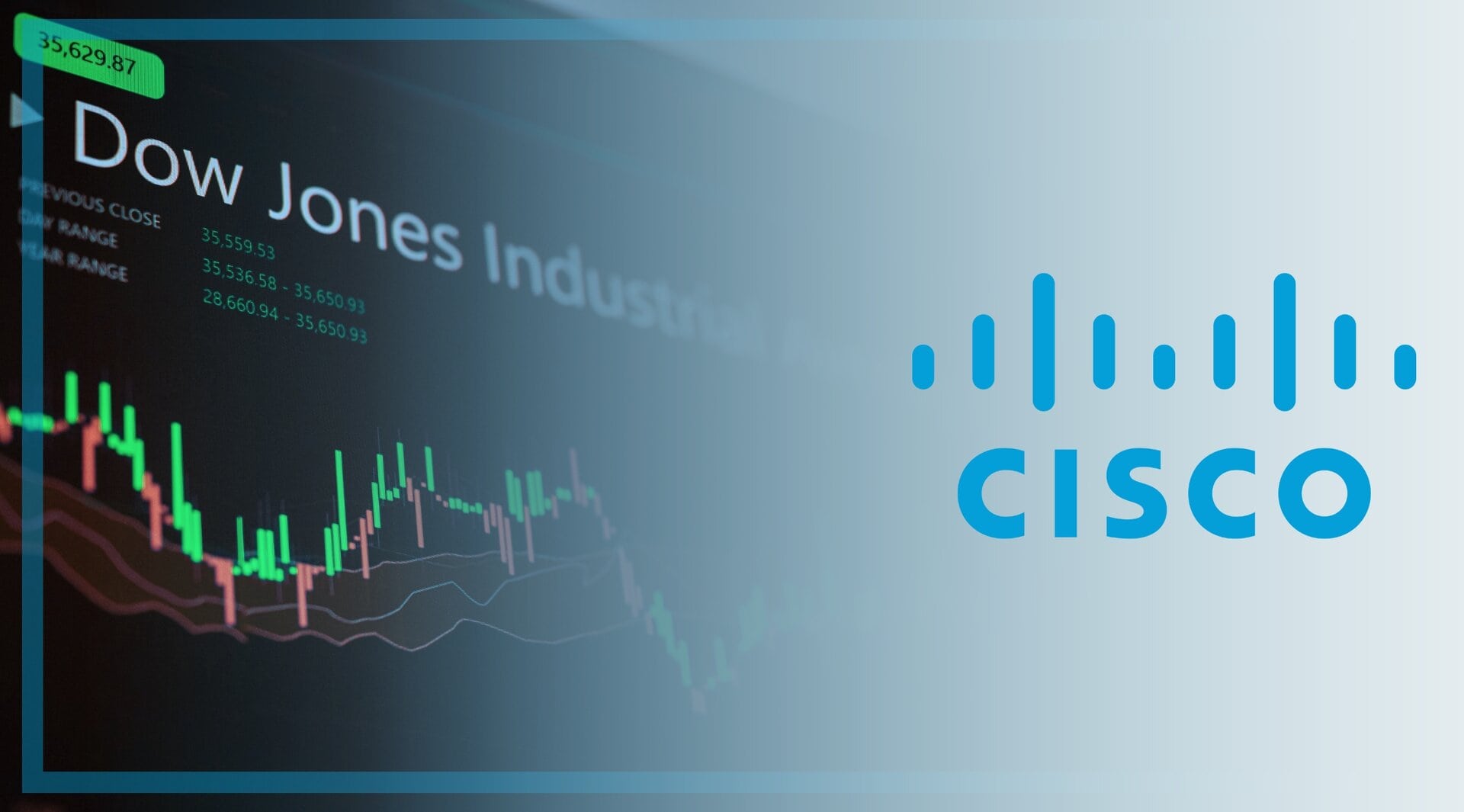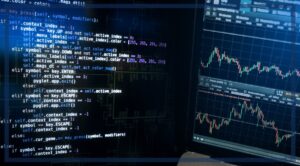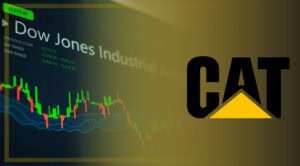It’s fair to say that Python has become ubiquitous within the financial services industry. Thanks to its facility for handling vast troves of data, the programming language has become the go-to for many industry professionals.
Risk management, financial data analysis and visuals, and algorithmic trading are just some of the ways Python is used across the industry. The number of jobs in financial services mentioning the language in a job description was reported in late 2024 to have tripled over the past two years, from 270 to more than 800.
User-Friendly Python Libraries
Python is readily accessible and – according to experts – relatively easy to learn. As regards the latter, “relatively” is the key word. Though widely regarded as more beginner-friendly than other languages, Python still requires that a novice grasp fundamental concepts of programming.
When it comes to accessibility, there seems to be little doubt that Python scores highly. “Python is a popular language for financial data analysis and visualization due to the wide range of libraries available for these purposes, such as NumPy, Pandas, and Matplotlib,” explains digital education platform LearnSignal. “These libraries allow financial professionals to easily manipulate, analyze, and visualize large datasets.”
Describing itself as “easy to use,” NumPy says it is “accessible and productive for programmers from any background or experience level.” Like other Python iterations, it works off of “high-syntax language” which essentially means it is human-friendly, as opposed to the low-syntax languages more comprehensible to computers.
Another useful feature of Python is its versatility. It can run off macOS, Windows and Linux systems. It’s also free, another thing running in its favour.
More Quants Equals More Python
Python language QuantDSL has also become an essential part of the toolkit for some financial analysts. It’s described on GitHub as a “domain specific language for quantitative analytics in finance and trading.”
This also helps to explain the rising fortunes of Python within the financial sector, where high-tech number crunchers known as quantitative analysts or “quants” are increasingly in demand. The US Department of Labor projects that in the decade to 2033, the overall number of financial analysts including quants will rise by 9%, a much higher rate than the mean average for overall jobs.
In 2023, quantitative analysts represented about 40% of quantitative finance professionals globally, according to data analyst Gitnux. The other 60% comprises a range of quant professionals such as traders, developers, and risk modellers. That same year, more than seven in ten financial firms said they planned to increase spending on quantitative analytics over the next five years.
Quant Strats Europe
Quants even have their own dedicated events. In October 2025 Quant Strats Europe will play host to more than 600 quant professionals from across the buy- and sell-side, regulatory bodies, financial technology providers and academia, to explore the evolving intersection of quantitative strategies, data science, artificial intelligence, and risk management. The industry-leading biannual event is in its eighth year.
Precise headcounts are hard to come by, but it’s reasonable to say there are thousands of quants using Python programming languages every day across the stock exchanges of New York, London, Hong Kong, Singapore and the like.
“QuantStats Python library that performs portfolio profiling, allowing quants and portfolio managers to understand their performance better by providing them with in-depth analytics and risk metrics.” https://t.co/bYmJ42zKBy pic.twitter.com/7k4yhDz7EY
— Ralph Sueppel (@macro_synergy) December 4, 2023
Eliminating Risky Trades
Risk management is perhaps where Python really comes into its own. LearnSignal explains: “Financial professionals can use Python to build models that predict the likelihood of default for a bond issuer or the probability of a stock price falling below a certain threshold.”
It adds: “These models can help financial firms to identify and manage potential risks in their portfolios and to make informed decisions about financial instruments.”
Funny Idea, Serious Results
So how did we get here? Python began life in the 1980s, as a tinker-toy project of Dutch computer scientist Guido van Rossum who “wanted to develop a programming language that was easy to learn, readable, and efficient, with a strong emphasis on code readability and developer productivity.”
The name came from – you guessed it – the iconic British comedy show Monty Python’s Flying Circus. Their work may be dry to some, but you can’t accuse coding developers of lacking a sense of humour. Or offbeat English humour anyway.
In the 1990s, Python was open-sourced – meaning other developers could throw their two cents in and help make it what it is today. This culminated in the release of Python 1.0 in 1994, which was followed by versions 2.0 and 3.0 in 2000 and 2008 respectively.
Fast forward to 2022, when OpenDataScience described Python as “finance’s language of choice.” Pretty stunning accolade for a hobby code named after a comedy group whose closest match with financial services was probably the Ministry of Silly Walks.
Python wins the 2023 NEC C&C Prize. https://t.co/pbMMviO3vM
— Guido van Rossum (@gvanrossum) October 10, 2023
It’s Not Silly!
Rest assured, the services Python renders quants and other top industry professionals daily are about as far away from foolish as you could ask for.
“Python’s rise to prominence in the finance industry is easy to understand when looking at what makes it unique,” says OpenDataScience, which uses open-source languages like Python to facilitate analytics and machine learning. “The language is famously simple, making it easy to write and deploy.”
And while it may not be as quick as other languages in terms of CPU cycles – the time it takes a central processor to fetch, decode, execute and store data – “it offers a faster time to market.”
“Since you can write and debug Python code faster than many other languages, you can launch products more quickly,” says OpenDataScience. “That’s a crucial advantage in an industry as competitive and rapidly advancing as finance and fintech.”
Python quant code from Goldman Sachs.
— Quant Science (@quantscience_) September 28, 2024
Designed by Goldman Sachs for quant traders—by the best quants in the business.
Get it all here (for free): pic.twitter.com/26JX8urXXO
Strategic Tools and Machine Learning
“Many financial firms use Python to develop and backtest trading strategies, as well as to automate their trading processes,” says LearnSignal. “Python’s libraries for data analysis and machine learning, such as sci-kit-learn, make it well-suited for developing and testing trading strategies that are based on data analysis or machine learning models.”
Sci-kit-learn describes itself as “machine learning in Python” that is “simple and efficient” and “accessible to everybody.”
Finance workers use Python to build models that predict the price movements of financial instruments based on historical data. Another popular use is for building machine-learning models that learn to trade based on data patterns.
“Python’s libraries for data analysis and machine learning can also be used to backtest trading strategies by simulating how the strategy would have performed on historical data,” says LearnSignal.
Firms can also use Python to automate their trading processes. “This can help financial firms to quickly and efficiently execute trades in fast-moving markets,” it adds.
Python Points Way to Future
Python and its fellow computer programming languages R, SQL, Julia, and Scala are described by financial services recruiter Selby Jennings as “vital tools in a quant’s arsenal, while understanding blockchain and cryptocurrency fundamentals grows ever more critical.”
“To keep up with the rapid pace of industry evolution, quants must continuously expand their skill set,” it says. “This involves mastering cutting-edge mathematical and statistical techniques, but also becoming proficient in a range of relevant programming languages.”
It adds: “Quants need to be adept at managing and processing big data […] Skills in machine learning and AI are no longer optional, with these technologies transforming data analysis and prediction paradigms.”
In the second article in this series, Disruption Banking will take a deeper dive into the rise of machine learning and AI on the trading floor. Until then, stay connected!
#quants #Python #technology #finance #AI
Author: Damien Black
The editorial team at #DisruptionBanking has taken all precautions to ensure that no persons or organizations have been adversely affected or offered any sort of financial advice in this article. This article is most definitely not financial advice.
Also Read:
How Krakow Became a Financial Hub | Disruption Banking
QuantPedia the solution for Portfolio Managers | Disruption Banking














